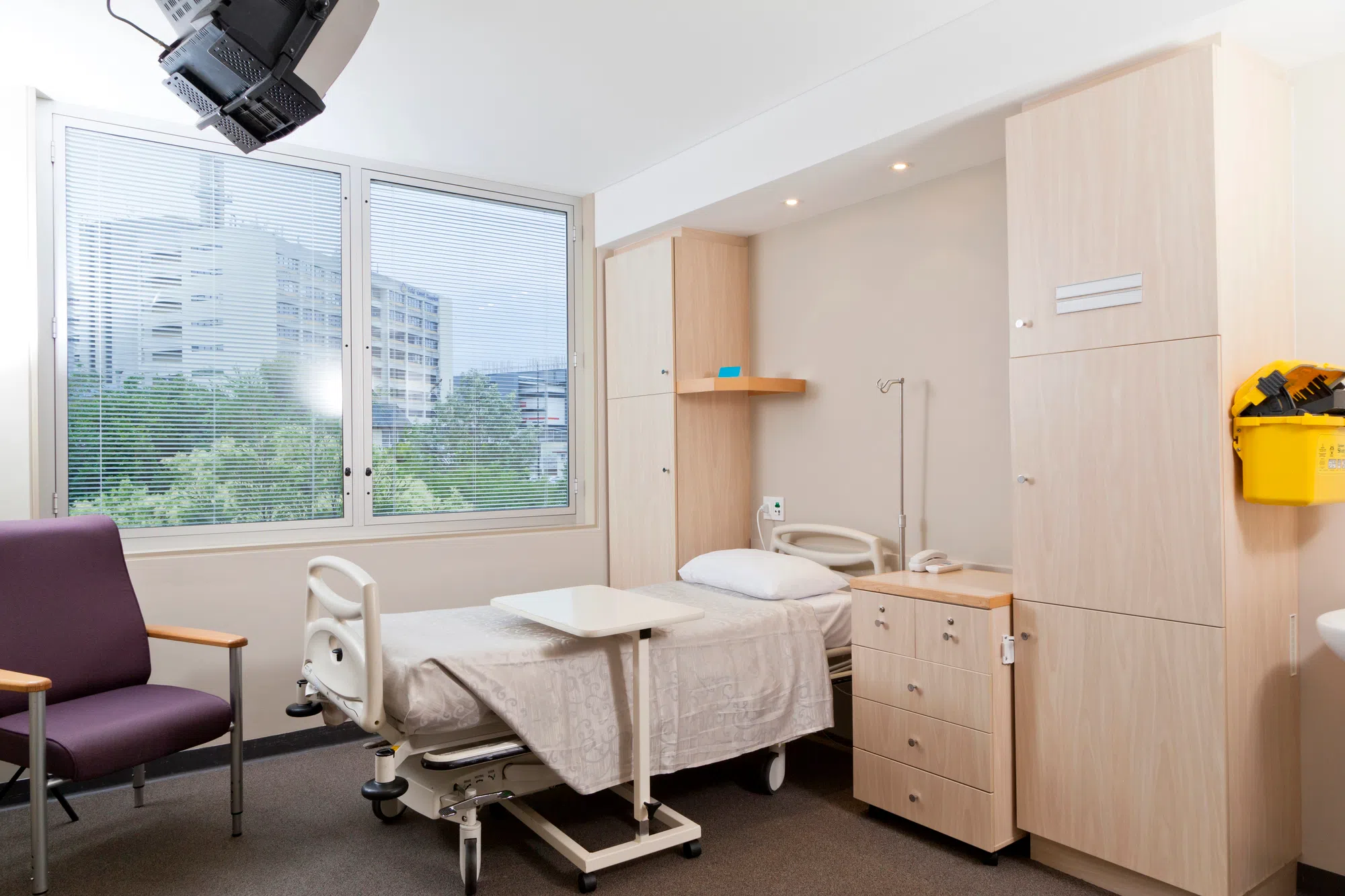
ImageSupply / Depositphotos.com
The provincial government has announced it is accepting applications through a call for proposals to create 80 new primary care teams.
The program is expected to connect roughly 300,000 more Ontarians to primary care in 2025-2026.
Primary care teams are made up of a family physician or nurse practitioner and other health care professionals such as nurses, physician assistants, social workers, dieticians and more.
“Through our government’s record investments in primary care, Ontario has achieved the highest rate of access to a regular health care provider in the country,” said Sylvia Jones, Deputy Premier and Minister of Health. “To continue to build on this progress, we are taking the next step to connect 300,000 more people to primary care this year– bringing us one step closer to our goal of connecting every person in the province to primary care.”
The province is investing $213 million of the $1.8 billion previously allocated by the government to add a total of 305 primary care teams across the province in the next four years.
The hope is that the 305 teams will connect a total of two million people to care.
The current call for applications is targeting communities by postal code that have the highest number of people not connected to primary care.
“We’re asking people to have, you know, a local lens on what is the best way to be able to expand access to primary care,” explained Dr. Jane Philpott. “Do they have a family health team or a CHC that they would like to grow? Or would they like to start with a new team?”
“We know that some communities don’t have any kind of team-based funding, and so this allows enough flexibility to be able to work with family doctors and nurse practitioners in communities to say what would be the best way for us to be able to provide more access to care.”
In the region, the following municipalities have postal codes on the target list of areas averaging 8,000 people without primary care:
- Thunder Bay
- Shuniah
- Fort Frances
- Kenora
- Dalles
- Sioux Narrows
- Nestor Falls
- Keewatin
“There are unique geographic challenges in the northwest, and one of the things that I think is a nice feature of this call for proposals is that it allows that local lens to say, here’s what would work best for us,” added Philpot. “In some cases, it may mean that there’s a big area with a very few people that have access to care, and you wanna add a team that might be 8 or 10 clinicians in a particular area.”
“But when you’ve got a more widespread geography, it might make more sense to have what is described as a hub and spoke model where you can have a core team in a larger centre and then have a couple of clinicians out in smaller communities. But they’re linked in and can provide resources to one another and back up support when people need to go on holidays for example, so you know the idea is our firm commitment to make sure.”
Primary care practices and clinicians working with their Ontario Health Team can submit proposals to create or expand one of the existing team-based models:
- Family Health Teams
- Community Health Centres
- Nurse Practitioner-Led Clinics
- Indigenous Primary Health Care Organizations
As part of their application, prospective teams will have to demonstrate how they will connect the maximum number of people living within their identified postal codes to primary care.
The government expects to select and announce successful teams in summer 2025, as well as launch a second call for proposals in September 2025.
To support targeted strategies to recruit and retain the workforce needed to deliver high-quality care, Ontario is also investing an additional $22 million to support all existing primary care teams to help them meet increased operational costs for their facilities and supplies.
Ontario’s Primary Care Action Team, led by Dr. Philpott, plans to continue building on the government’s investment of more than $1.8 billion to expand access to primary care to close the gap for the remaining 10 per cent of people in the province in need of primary care by 2029.
“The idea is our firm commitment to make sure that every person who lives in Ontario has access to primary care, just like we make sure that every child has access to a public school and it’s harder to do in the north for sure, but that doesn’t mean that we shouldn’t do everything to make it possible,” said Philpott. “We’re delighted to be part of what we know is the biggest investment in primary care in Canadian history. We can’t fix everything overnight, but this is a really big step for Ontario.”
